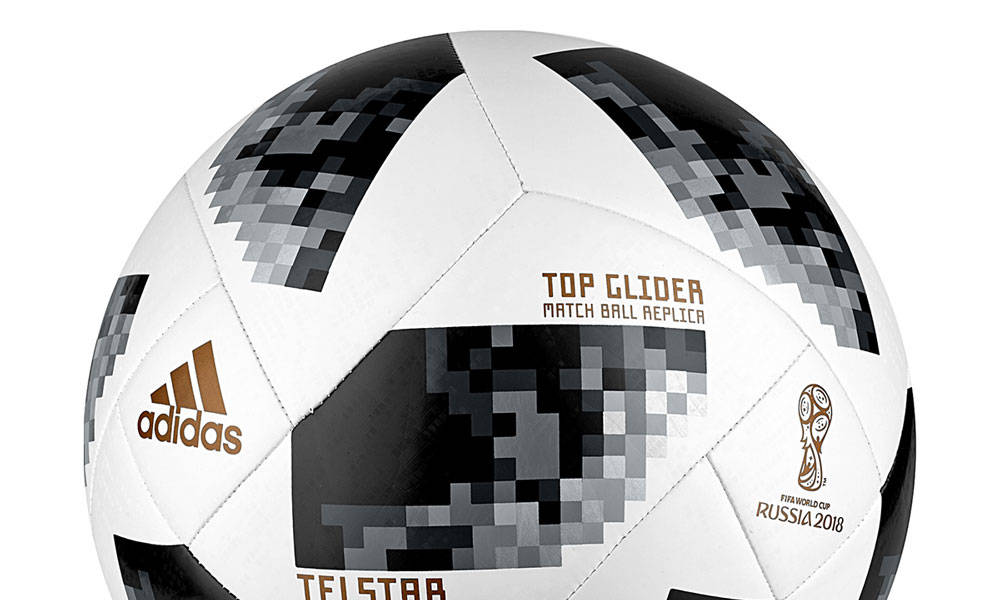
Marketing Lessons from Adidas’ Official World Cup Ball
Every four years, Adidas produces a new ball for the World Cup, an effective attention grab for the company. This year’s ball works with your smartphone—but not at the cost of being a good soccer ball.
For decades, Adidas has had exclusive ownership of one of the world’s most important sports items: The official ball used in World Cup matches.
While it’s not the only company with such access—for one, Spaulding has been supplying the NBA with basketballs for decades, and Wilson similarly supplies the official baseball gloves to the MLB—Adidas has a unique position, due to the fact that it redesigns its soccer balls for every World Cup.
Not every ball design works. For example, its Jabulani ball for the 2010 World Cup in South Africa had some physical properties that made it work differently than expected, NPR notes. But the company has been willing to change and improve its designs in interesting ways.
This year, the company took steps to make the ball suitable for the digital age. The Telstar 18, introduced last year, includes a near-field communications (NFC) chip, and when put near a phone, it brings up relevant information and updates. In other words, the soccer ball is now a content marketing play, which is a weird sentence to write out.
Speaking to Digital Trends, the tech company Blue Bite, which helped Adidas set up the system, said the idea was intended to boost engagement before and during the World Cup.
“The entire idea behind the ball is to get fans engaged and excited about the World Cup before it starts,” Blue Bite Director of Product Marketing Rachel Furst told the site. “So, leading up to the tournament, fans will have access to a variety of different challenges — challenges designed to bring them back every week. Some unlock exclusive videos of World Cup players using the ball or showing off their own unique goal celebration while others have users post specific photos with the ball itself.”
It’s not unlike the way that many associations have introduced beacons into their conferences of late, but instead of simply tying the interactivity to the location, it ties it to the object—and makes it a new engagement channel. (Well, outside of the way that engagement usually works with a soccer ball.)
As cool as that is, it wouldn’t be worth Adidas’ time if the feature got in the way of actually playing the game. As Popular Science notes, the company took significant steps to make the ball as neutral as possible, with a stubbly, aerodynamic texture and more stability.
In the end, it still has to be a ball.
(Adidas)






Comments